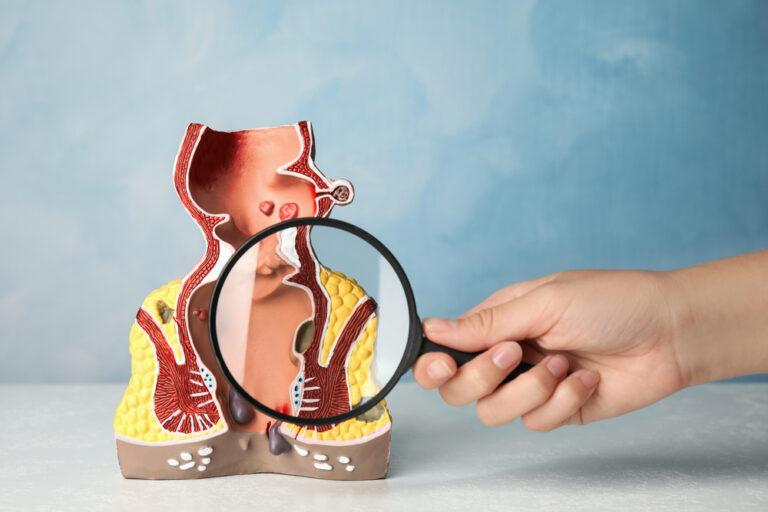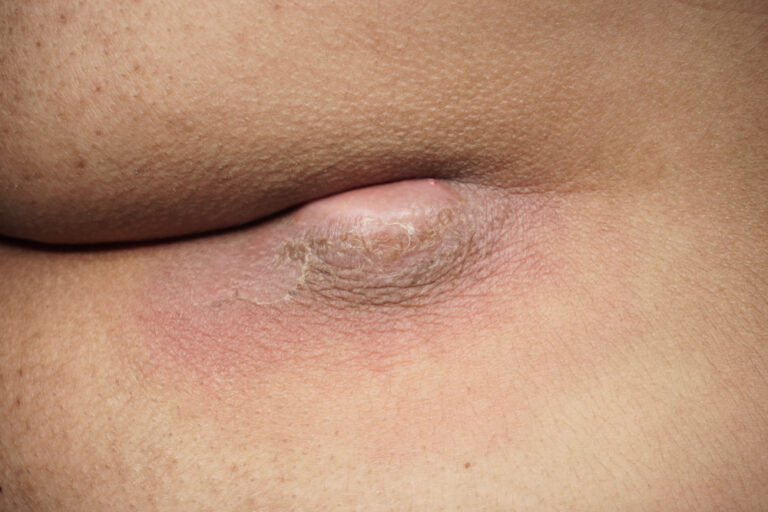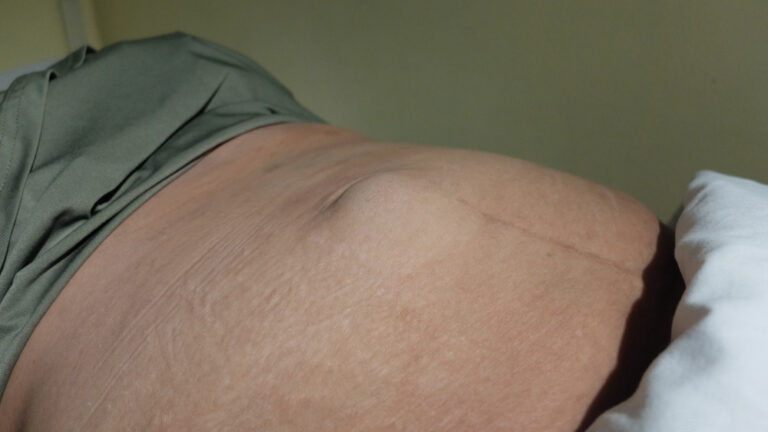What Is Obesity?
Obesity is a chronic medical condition in which excess body fat accumulates to the extent that it negatively affects health.
It is not just about appearance — obesity increases the risk of developing serious diseases such as diabetes, hypertension, heart disease, sleep apnea, infertility, and joint problems.
The condition occurs when calorie intake exceeds calorie expenditure over time, leading to fat storage.
Obesity is now recognized as a global health epidemic affecting adults, teenagers, and even children.
Classification of Obesity
Obesity is usually measured using the Body Mass Index (BMI) — calculated as weight (kg) divided by height (m²):
| Category | BMI Range | Health Status |
| Normal Weight | 18.5 – 24.9 | Healthy |
| Overweight | 25 – 29.9 | At risk |
| Obesity Class I | 30 – 34.9 | Mild obesity |
| Obesity Class II | 35 – 39.9 | Moderate obesity |
| Obesity Class III | 40 and above | Severe (morbid) obesity |
A BMI over 30 is considered obese, and over 40 is classified as morbid obesity, which requires medical or surgical intervention.
Causes of Obesity
- Unhealthy diet (high in sugars, fats, and processed foods)
- Lack of physical activity or sedentary lifestyle
- Genetic factors and family history
- Hormonal or metabolic disorders (like hypothyroidism, PCOS)
- Stress, poor sleep, or emotional eating
- Certain medications (such as steroids or antidepressants)
Complications of Obesity
Obesity is not just excess weight — it’s a disease that can lead to multiple health complications, including:
- Type 2 Diabetes
- High blood pressure (Hypertension)
- Heart disease and stroke
- Fatty liver disease
- Osteoarthritis and back pain
- Sleep apnea
- Infertility
- Depression and low self-esteem
Investigations for Obesity
Before starting treatment, your doctor may recommend the following tests to assess your health status and identify obesity-related complications:
- Body Mass Index (BMI) & Waist Circumference – to assess fat distribution
- Blood Sugar & HbA1c Test – to check for diabetes
- Lipid Profile – for cholesterol and triglyceride levels
- Liver Function Tests (LFTs) – for fatty liver disease
- Thyroid Function Tests (TFTs) – to detect hypothyroidism
- Ultrasound Abdomen – to evaluate visceral fat and liver condition
- Sleep Study (Polysomnography) – for sleep apnea
- ECG / Echocardiography – to assess cardiac health
These investigations help determine the severity of obesity and guide the appropriate treatment plan.
Treatment Options for Obesity
1. Lifestyle Modification
This is the first line of treatment and includes:
- Healthy diet – balanced, low-calorie, and high-protein meals
- Regular exercise – at least 30–45 minutes of physical activity daily
- Behavioral therapy – to address emotional or binge eating habits
However, lifestyle modification alone may not be enough for patients with morbid obesity or long-standing weight gain.
2. Medical Management
Your doctor may prescribe weight loss medications to suppress appetite or reduce fat absorption.
These are usually combined with diet and exercise but are not a permanent solution for severe obesity.
3. Bariatric (Weight Loss) Surgery – The Best Treatment for Obesity
For individuals who have not achieved significant weight loss through diet and exercise, bariatric surgery offers the most effective and long-term solution.
These surgeries reduce the size of the stomach or change the digestive pathway, helping patients to lose excess weight safely and maintain it permanently.
Common Bariatric Procedures:
- Laparoscopic Sleeve Gastrectomy:
The most popular and effective procedure where a large portion of the stomach is removed, reducing appetite and calorie intake. - Gastric Bypass Surgery:
Creates a small stomach pouch and reroutes the intestine, resulting in faster satiety and reduced calorie absorption. - Mini Gastric Bypass (MGB):
A simplified version of gastric bypass with excellent results and fewer complications.
Advantages of Bariatric Surgery
- Significant & sustained weight loss
- Improves or cures diabetes, hypertension, and sleep apnea
- Increases energy levels and mobility
- Enhances fertility and hormonal balance
- Boosts confidence and mental well-being
- Performed laparoscopically (keyhole surgery) – painless, bloodless, and scar-free
Why Choose Laparoscopic or Bariatric Surgery?
Modern laparoscopic weight loss surgery is a minimally invasive and highly effective option with quick recovery and minimal discomfort.
Patients typically resume normal activities within a few days and experience remarkable improvement in quality of life.
Conclusion
Obesity is a serious health condition that requires a comprehensive and personalized treatment plan.
While diet and exercise play a key role, bariatric (weight loss) surgery remains the most effective and long-lasting solution for patients struggling with morbid obesity.
If you are overweight and unable to lose weight despite lifestyle changes, consult a qualified bariatric and laparoscopic surgeon to explore safe and advanced surgical options for permanent weight loss and a healthier future.







